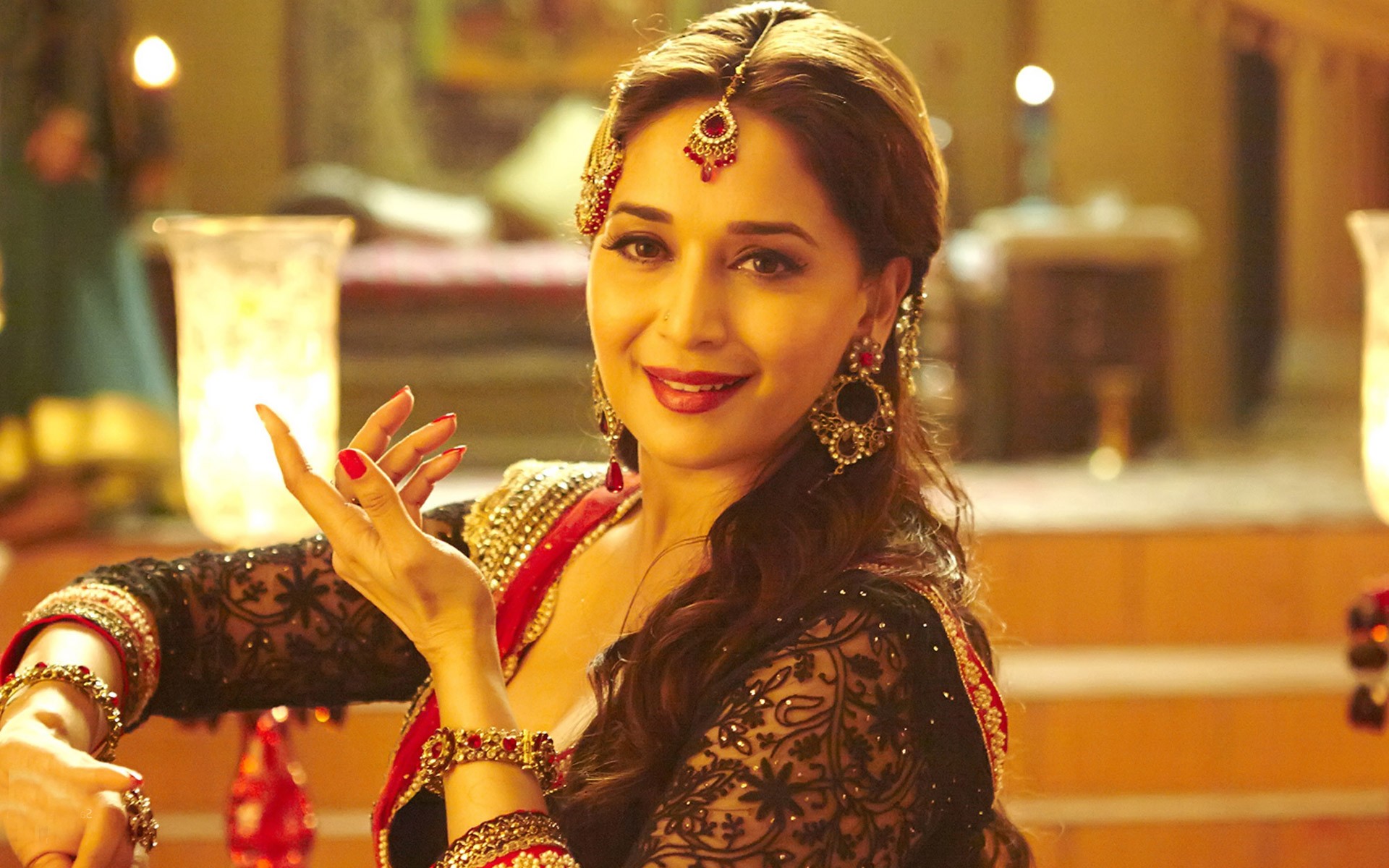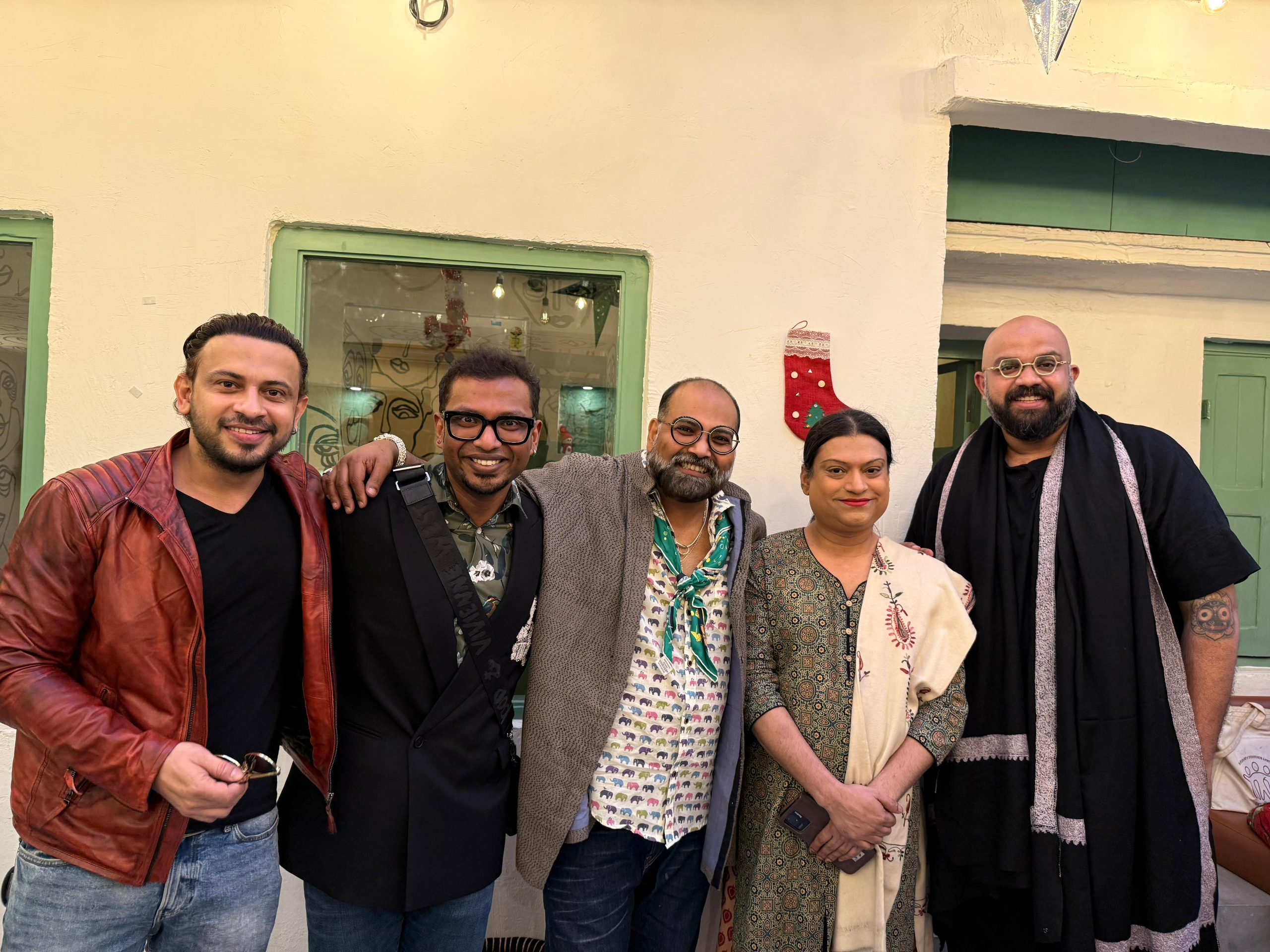The Last Courtesan Of Bombay is a podcast by Kunal Purohit in collaboration with The Swaddle. It has a total of 4 episodes which follow Purohit in his quest to understand Tawaifs and the history of Mujras.
The podcast also to a large extent focuses on the stigma surrounding the present day Tawaifs and the struggles they face. Majority of what we know about Mujras and Tawaifs comes from the negative portrayal of the profession in Bollywood. It has reduced a rich and diverse art form into simply erotic dance and liberally sprinkled references of the women having loose morals.
The entire first episode consists of Purohit travelling across Mumbai in an effort to interview women who work as Tawaifs. He soon finds out that there is an unofficial ban on Mujras and they have been forced into the margins of the city. As a result, the dancers and their families are not enthusiastic about being interviewed by a journalist. Although, he eventually succeeds.
The entire first episode consists of Purohit travelling across Mumbai in an effort to interview women who work as Tawaifs. He soon finds out that there is an unofficial ban on Mujras and they have been forced into the margins of the city.
While many may think that the aforementioned state of affairs are natural and to be expected given the stigma and misconception, it wasn’t always so. The podcast unveils the history of Mujras and the powerful position held by the women who participated in it. They had both economic and social clout, in fact in certain regions Tawaifs were one of the largest taxpayers. They received not only royal patronage but also a great deal of respect. This was surprisingly at a time when most women were far from empowered; many were forced to live at home, practice purdah and serve their husbands as dutiful wives. Tawaifs, in contrast, refused to conform.
Also read: 5 Ismat Chughtai Stories That Highlight Women’s Issues Pertinent Today
They held independent wealth and were skilled at not only dance but also singing and poetry. They were in their own selves, an intellectual force. While the women being interviewed reveal that their present day treatment is far from what their predecessors enjoyed, the spirit and rebellion of the Tawaifs transcend centuries. Tawaifs have always enjoyed a great deal of agency and continue to do so, despite the social (and somewhat legal) sanctions against them. Their continued presence in cities like Mumbai and Jaipur are evidence of their strength and dedication to their art.
Tawaifs have always enjoyed a great deal of agency and continue to do so, despite the social (and somewhat legal) sanctions against them. Their continued presence in cities like Mumbai and Jaipur are evidence of their strength and dedication to their art.
The labels of “loose morals” and “indecency” attached to their profession are largely due to the fact that most Tawaifs forsake patriarchal institutions like marriage. Many believe that Mujras are misogynistic in the sense that they turn women into objects, but the interviews of the women reflect the fact that anyone who holds this opinion has fallen prey to the stereotypes attached to the art form. For one, Tawaifs are far more than just dancers; furthermore their profession gives them a position of power over their customers.
In the past, men who wanted to rise to powerful positions were careful to remain on the good side of the Tawaifs. Admission inside the kothis was not allowed to everyone so men were always sure to be on their best behaviour if they wanted to enter.
One of the interviewees, whose mother was always a Tawaif, mentions the fact that the women of the Mujras upheld the responsibilities of both the father and the mother because the father’s of most of the children born to Tawaifs left without providing any form of monetary assistance. She states that little action can be taken against these men since the children were born out of wedlock. She then points out the fact that women deserve respect even if they don’t possess a marriage certificate.
Also read: Courtesan Contribution To Hindustani Classical Music —Lesser Told Histories
The podcast covers a lot of themes like the pressure being put on the Mujras by the police, their matrilineal tradition, family dynamics and how neighborhoods that thrived because of the art forms are suffering a great deal because of the crackdowns. It is quite informative and tries to transgress the common orthodoxies of our patriarchal society.
Featured Image Source: Peaches And Blush
About the author(s)
Yameena is passionate about feminism and activism




